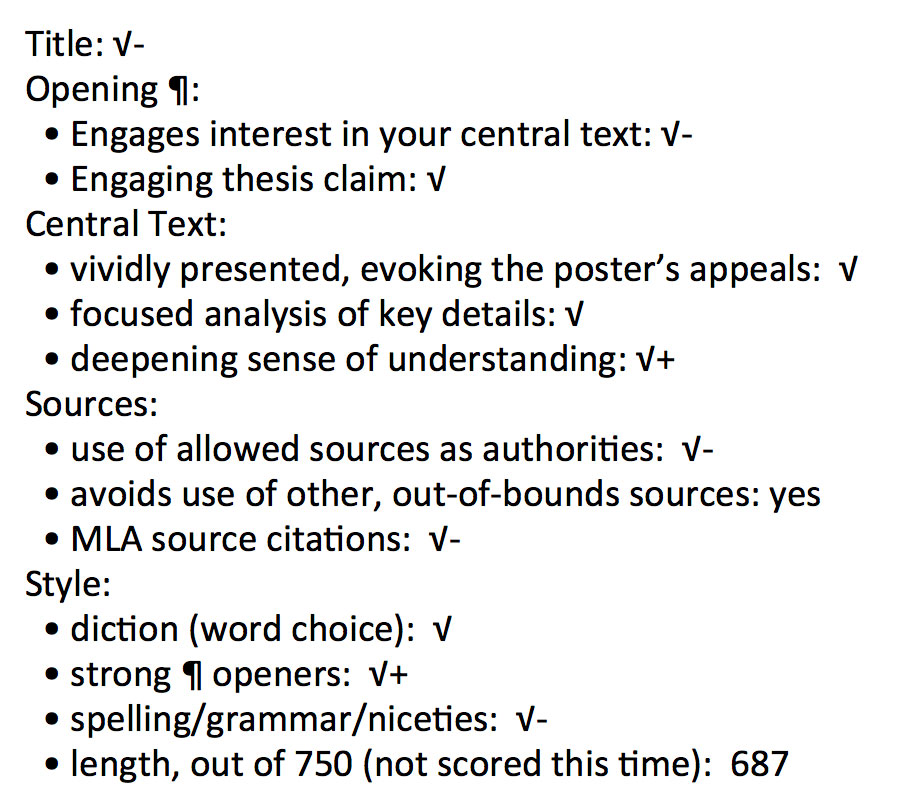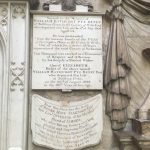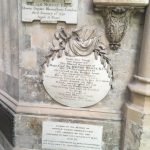Trial Run
Create a short (1-2 min) version of your video.
Script: a ¶ or two, written in a conversational style, communicating what’s exciting about the exhibit you’ve chosen to focus on. Think of this as an “elevator pitch”: a quick introduction to your planned topic that communicates why your full video should be funded.
Movie: 1-2 minutes, using your elevator pitch script as an audio track and drawing from multiple video shots. I recommend that you export from iMovie at 720p resolution. Look for “Share” in the file menu. You can opt to “share” directly to YouTube, or as a file saved on your hard drive (which you can then upload to YouTube via your Web browser). Once you have uploaded your trial run to YouTube, paste a link in the comments; we’ll watch them all in class.
This is your chance to get good peer feedback on your video style/technique. Don’t spend too much time on this assignment, but put in enough time to ensure that the feedback is useful.

 [/spoiler]
[spoiler title=’Pizzaro & the Inca’]
[/spoiler]
[spoiler title=’Pizzaro & the Inca’]


